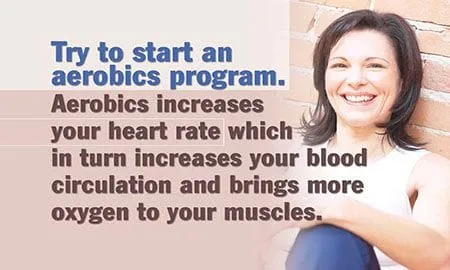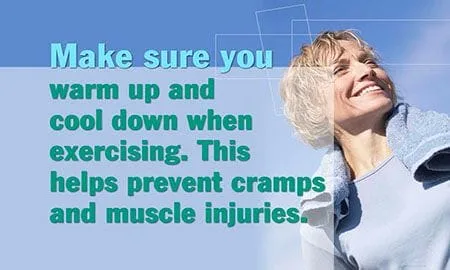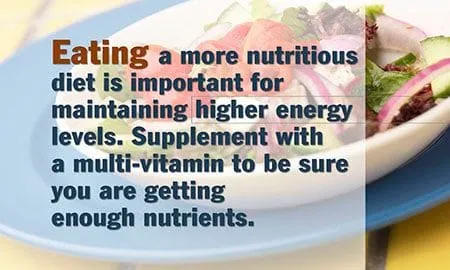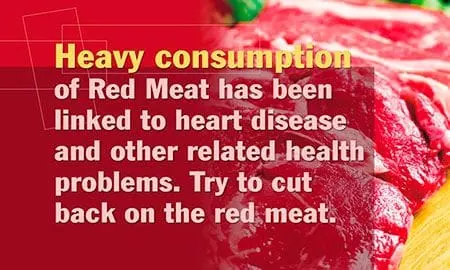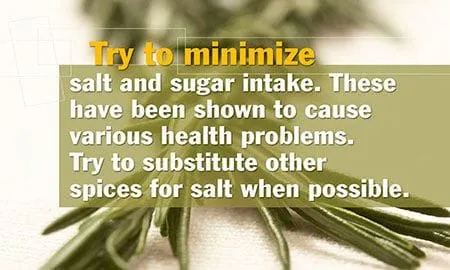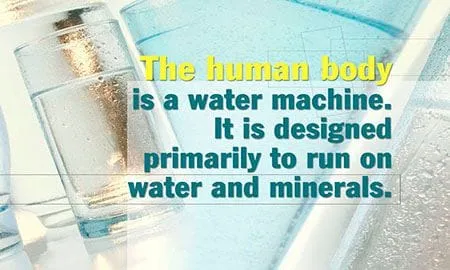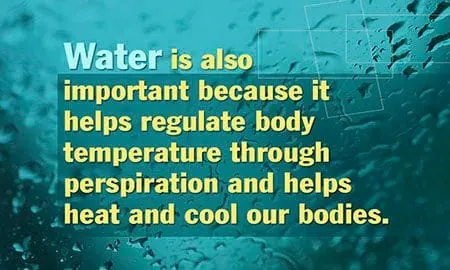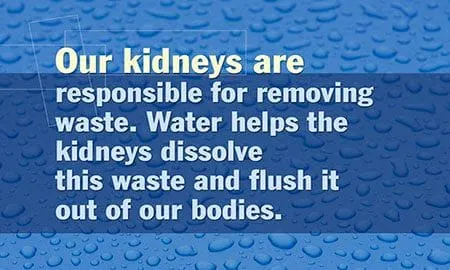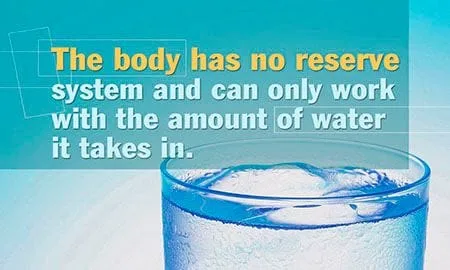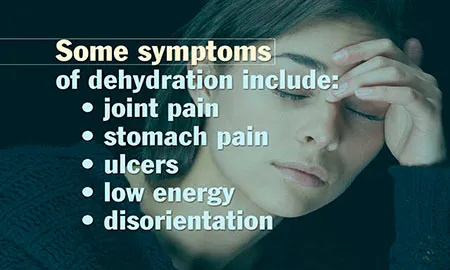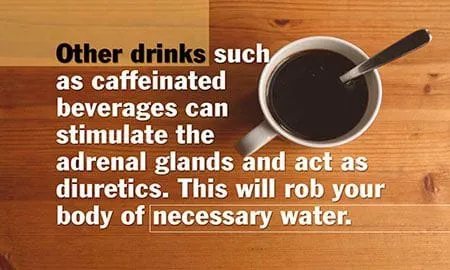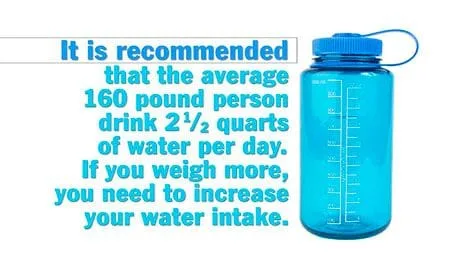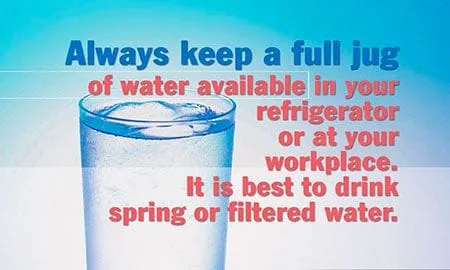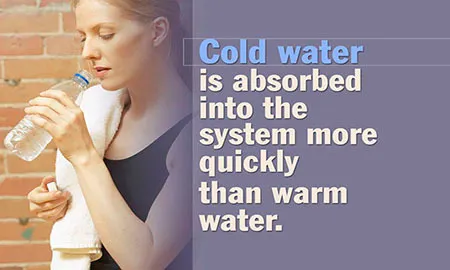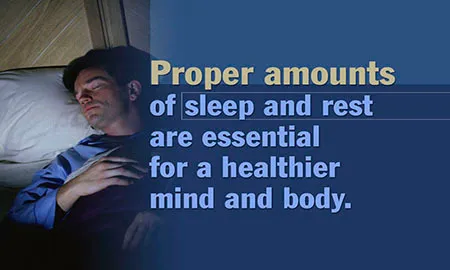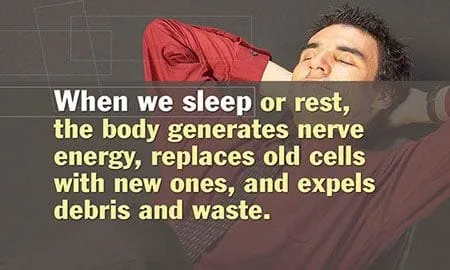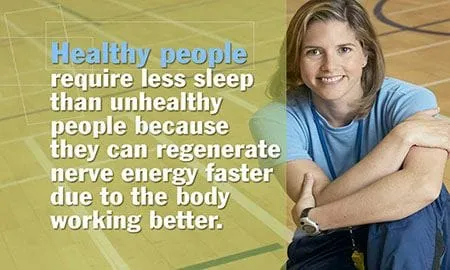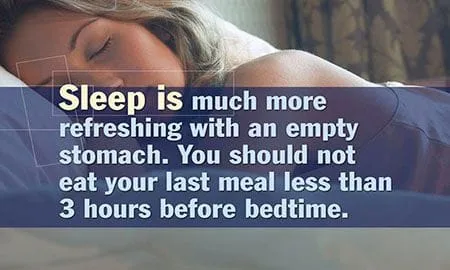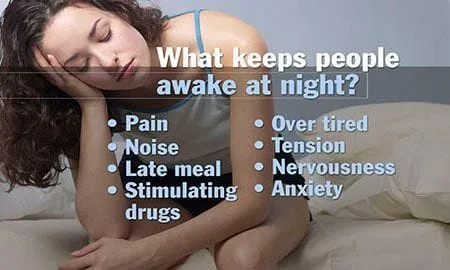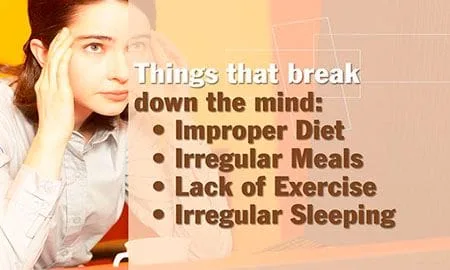Your Healthy Gut
Upper Gut: Digestion
The upper gut includes the mouth, oesophagus, stomach, pancreas and gallbladder and the rst part of the small intestine.
Important facts about the upper gut:
Proper chewing ensures that food particles are broken down into smaller pieces, so stomach acid, pancreatic enzymes, and bile acids can act upon them. Hasty eating can cause bloating because of improper chewing.
Make sure you take a moment to relax before eating and take your time. If you are a fast eater, try eating with chopsticks. That is sure to slow you down.
Stomach Acid:
The normal acidity of the stomach is that of car battery acid! This serves several purposes:
- The start of protein digestion: stomach acid breaks longer protein chains into smaller, more digestable polypeptides.
- These are then further digested by enzymes from the pancreas and, nally, completely broken down by brush border enzymes in the small intestine
Stomach acid activates intrinsic factor—a substance which is released by stomach cells to help absorb B12.
Adequate stomach acidity is required for proper mineral absorption. If you are chronically low in minerals like zinc, iron, or magnesium,you may actually be stomach acid de cient.
Stomic acid is a natural antibiotic—it kills food borne bugs. This is why people who are on acid blockers are more susceptible to food poisoning and “gastro bugs”!
Pancreatic enzymes – these are released into the rst part of the small intestine—the duodenum, when the acidity of the stomach reaches a certain pH, along with other triggers.
Pancreatic amylase helps to break starches into smaller polysach- harides and disaccharides which are further broken down in the small intestine by the brush border enzymes.
Protease enzymes help to break the protein chains into smaller di and tri peptides.
Lipase helps with fat digestion.
Bile Acids:
- Bile is a substance that is made by the liver and stored in the gall bladder.
- Bile is released when the meal contains fat.
- Bile helps to emulsify fat so it is better broken into smaller globules.
Small Intestine: Absorption
- Your small intestine contains millions of nger like protrusions called villi.
- Imagine it like a rolled up shaggy carpet. On top of the ngers are even smaller ngers called microvilli—this is the single-celled interface we have with the inside of our body and the food that comes through.
- Effectively, the villi and microvilli increase the surface area of the small intestine to that of a tennis court!
Facts About the Small Intestine
The microvilli release brush border enzymes which are the final step in protein and starch digestion. When these microvilli are damaged, so is your absorption of nutrients!
Besides malabsorption of lactose and fructose, certain vitamins and minerals also are also not absorbed.
The small intestine also contains 80% of our immune system. That means when undigested food particles are able squeeze through a damaged gut wall, they come into contact with your immune system. His is how food allergies and “leaky gut” come about.
In between meals, your body sends a cleansing wave through the entire small intestines. This is called “the migrating motor complex”. It ensures that bacteria are swept downwards towards the colon.
Stress, medications such as opiates, and chronic anxiety can bring this cleansing wave to a halt. Bacteria are then allowed to stay in the small intestines and multiply, resulting in SIBO.
Facts About the Large Intestine
We contain more bacteria in the large intestine than cells in our body!
Large Intestine: Excretion
Your large intestine is responsible for water absorption as well as B12 and vitamin K absorption. It forms the stool and houses trillions of bacteria.
The colon is susceptible to “dysbiosis” – overgrowth of fungus, bacteria, or parasites. Fungal overgrowth (candida) is often caused by medications such as antibiotics.
The colon wall contains stretch receptors which stimulate movement of the bowel when the stool is bulky














